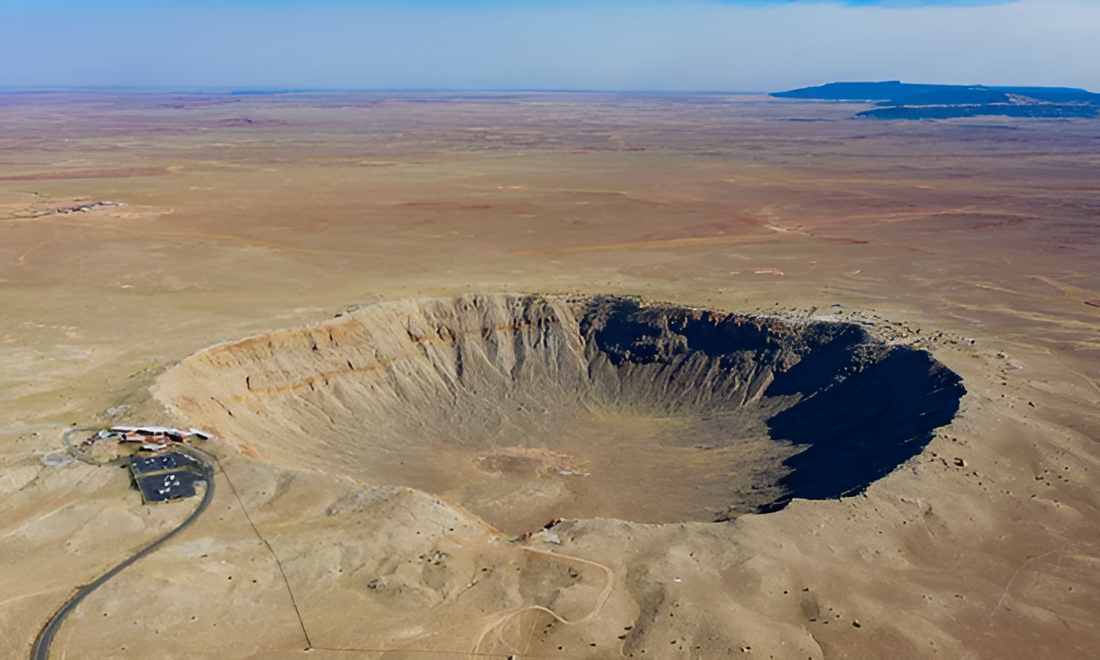
The History of Moissanite and Its Discovery
Share
Moissanite is a gemstone that has captured the attention of the jewelry world with its stunning brilliance and durability. Its fascinating history begins over a century ago and is linked to one of the most significant scientific discoveries of its time.
The Discovery of Moissanite
The story of moissanite begins in 1893 when French scientist Henri Moissan made an extraordinary discovery while examining rock samples from a meteor crater in Canyon Diablo, Arizona. Moissan was initially searching for diamonds, believing the crater might contain them due to the high-pressure impact of the meteor. To his surprise, instead of diamonds, he found small, sparkling crystals that looked similar but had a different chemical composition.
Upon further investigation, Moissan realized the crystals were not diamonds but were composed of silicon carbide (SiC), a compound previously only synthesized in laboratories. This discovery was groundbreaking because silicon carbide had never been found in nature before. In honor of his achievement, the new mineral was named moissanite after Henri Moissan.
Early Uses and Challenges
For many years after its discovery, moissanite remained a rare and largely unknown gemstone. The crystals found in nature were too small to be used in jewelry or other practical applications. Scientists were intrigued by its properties, particularly its hardness and brilliance, but it wasn't until the late 20th century that significant progress was made in growing moissanite in laboratories.
The Development of Lab-Grown Moissanite
It wasn't until the 1990s that Charles & Colvard, an American company, developed a method to create moissanite in a laboratory. By using advanced technology to replicate the conditions that produce silicon carbide, they were able to grow larger moissanite crystals suitable for jewelry. This breakthrough allowed moissanite to be produced on a larger scale and introduced to the market as an affordable, high-quality alternative to diamonds.
Moissanite in Modern Jewelry
Since its introduction, moissanite has gained popularity for its exceptional brilliance, durability, and ethical production. Its unique optical properties give it more fire than diamonds, making it an eye-catching choice for engagement rings, earrings, bracelets, and more. As a lab-grown gem, moissanite also appeals to those looking for sustainable and conflict-free alternatives to mined gemstones.
Today, moissanite is valued not only for its beauty but also for its scientific heritage and innovative production. From its cosmic origins in a meteorite to its modern-day presence in fine jewelry, moissanite has become a symbol of both elegance and forward-thinking design.
